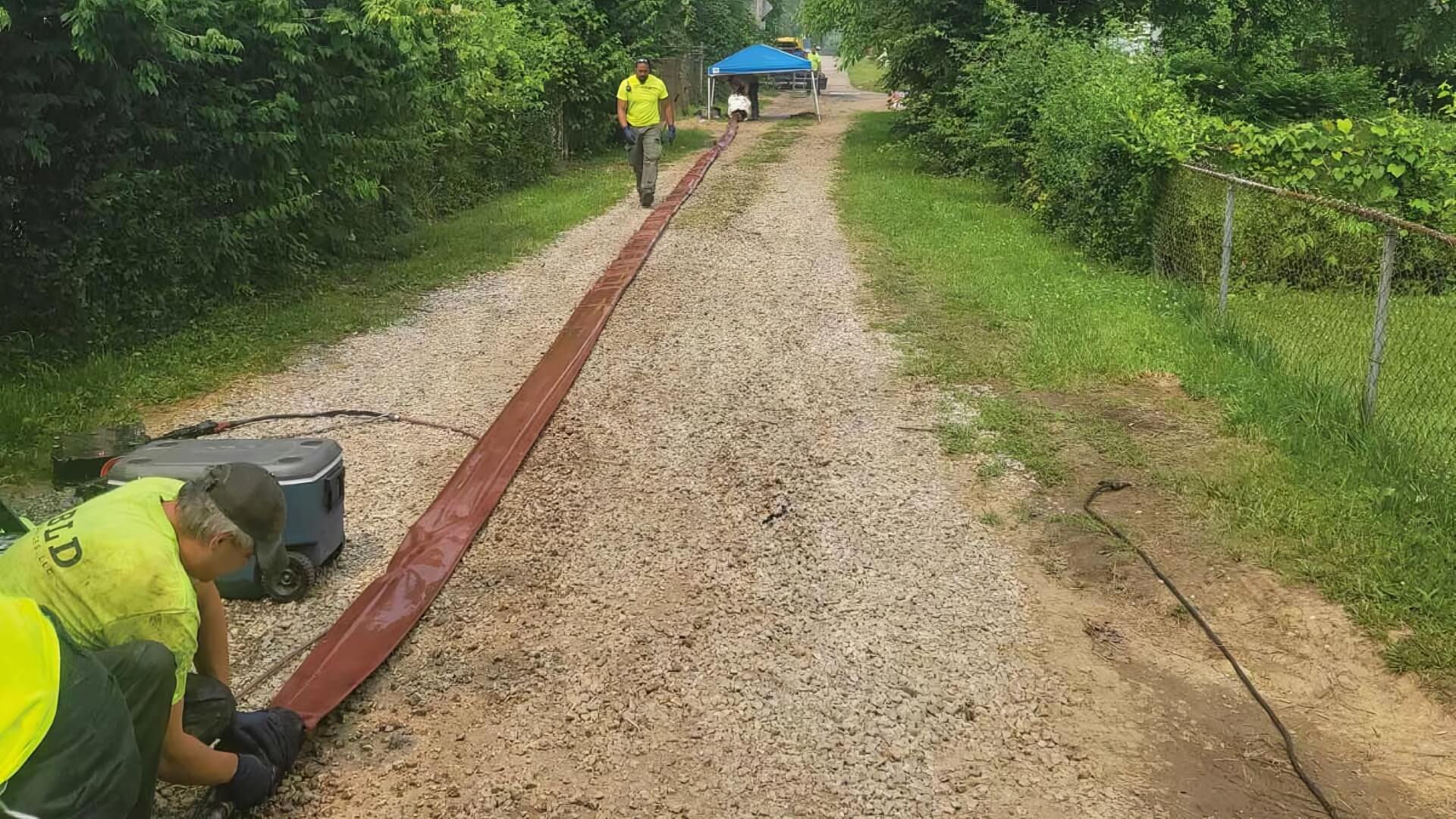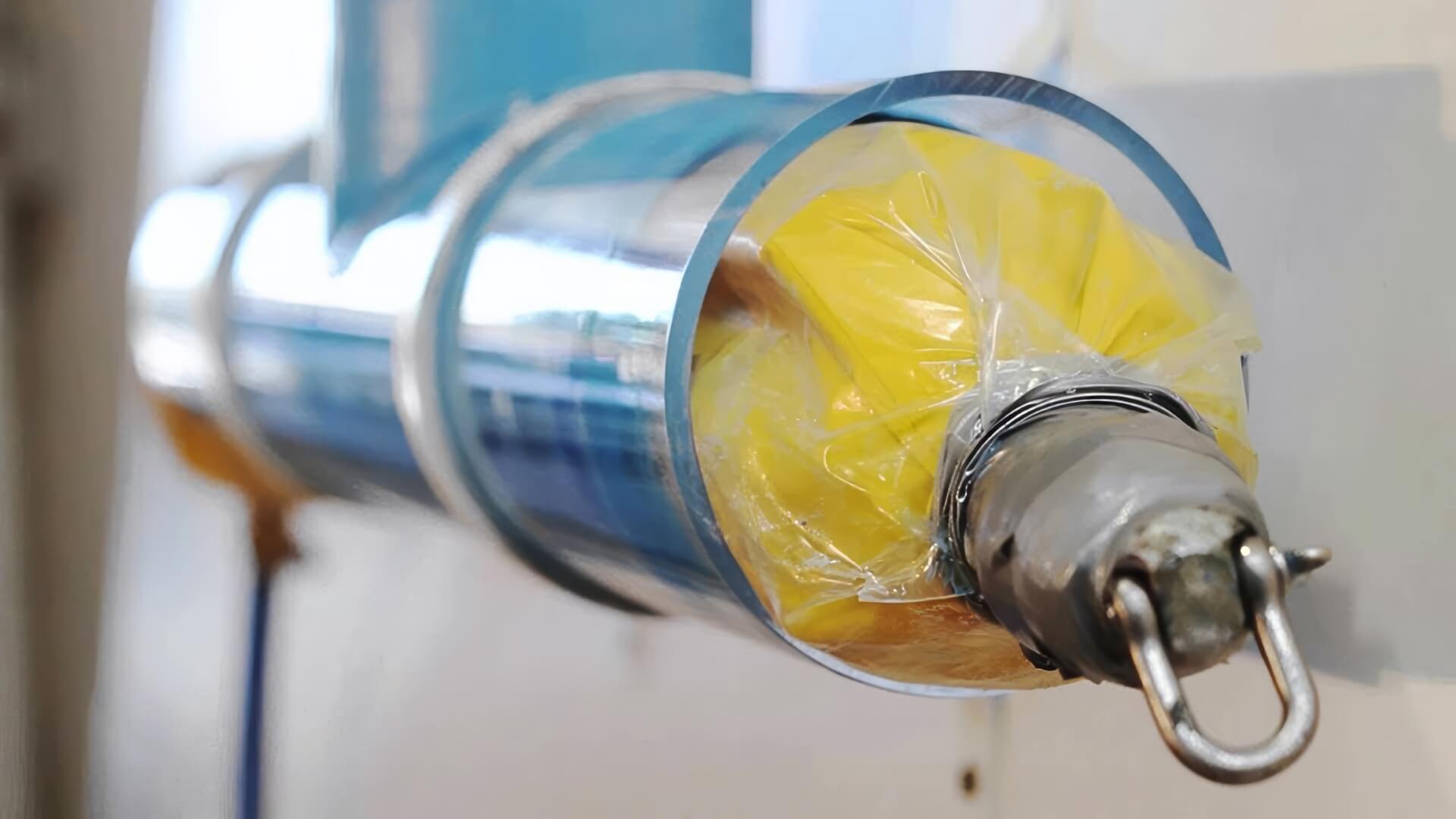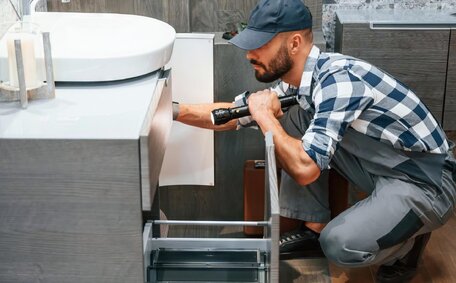Introduction to Hot Water System Efficiency
A poorly performing hot water system, marked by lukewarm showers and elevated energy expenses, may require recalibration for improved efficiency. An efficient hot water system can significantly cut household expenses and reduce environmental impact.
Recalibrating involves tweaking critical elements to improve heat retention and increase boiler efficiency, thus reducing energy waste. This entails insulating pipes and adjusting the temperature on your boiler to optimise energy use. After these adjustments, increased efficiency can lead to reduced operation costs, quicker hot water supply, and peace of mind from conserving resources.
In this article, we’ll explore several recalibration techniques to help wring out every last drop of efficiency from your hot water system. We’ll provide guidance on sediment drainage, heat trap installation, and when it’s best to consult a professional. Let’s start enhancing your hot water system’s efficiency!
The Importance of Proper Insulation
When it comes to gas hot water system efficiency, proper insulation is critically important. Insulation can help your storage tank retain heat, ensuring optimised heat flow through components like tanks, pipes, and fittings - heat that you’ve invested in!
Insulation ensures your water heating system retains more energy, reducing dissipation and saving power. This translates to power saving as your heater works less to heat water, maintaining temperature without constant reheating. With these system improvements, you’re guaranteed enough hot water your household will stay contentedly warm for prolonged periods, which also trims the running costs.
In milder climates, thermal wraps or pipe sleeves are ideal, with a local licensed plumber ensuring correct installation.
Inexpensive DIY insulation kits are straightforward to install.
Combined with proper temperature regulation, heat traps, and drainage methods outlined later in this article, insulation helps form the cornerstone of an efficient system recalibration. It’s the vital first step towards unlocking maximum energy conservation for your home’s hot water unit.
Adjusting Temperature Settings
When it comes to hot water efficiency, one of the most impactful recalibrations is adjusting the temperature set point on your thermostat or control unit. This control knob ensures you can manage the water volume more effectively, by setting the highest temperature your system will try to maintain.
The optimal supply temperature for a noncondensing boiler with energy conservation in mind has a volume more than sufficient at between 50-60°C. Reducing your thermostat to 50-60°C can decrease energy costs by up to 15% without compromising comfort. The water remains comfortably hot for all household purposes, helping to reduce amount of energy wasted on maintaining higher temperatures rarely utilised.
Be cautious when changing factory settings, ensuring you maintain efficiency without sacrificing safety. Review your manual to correctly reset settings and prevent overheating or unintended resets. Consider the ideal settings and use the reset button to adjust the temperature, avoiding unnecessary increases in energy consumption.
Get your hot water faucet thermostat set to a safe 50°C, especially for homes with young children or elderly residents, to prevent the water from getting too hot and avoid accidental scalding. Ensure adjustments are sensible to avoid unwanted cold showers.
The right hot water temperature is essential for efficient operation and sustained cost savings. For full details on the effects of thermostat settings, or if you’re faced with no hot water call Padstow Plumbing for expert assistance.
Installing Heat Traps and Anti-Convection Valves
Heat traps and anti-convection valves, viewable through the system’s access panel, serve a valuable purpose in hot water system efficiency by preventing heat loss by convection. Convection is the natural circulation of water between water heater tank and pipes as it cools, wasting heated water. With the proper return temperature control, valves play a critical role in maintaining your storage water heater’s efficiency, blocking this convection loop, and forcing return water to release heat within the heating water system.
Just glance at the section below how to confirm your valves’ operational integrity, or think about fitting a new gas valve, as it’s a manageable task for the home handyman. The hot side control valve should allow inward water flow but block reverse circulation back so water isn’t set too cool and the water heater can remain efficient.
New self-sealing and spring-loaded gas control valves are cost-effective and straightforward to install, enhancing your system’s energy efficient performance.
For heat pump users, Padstow Plumbing provides professional installation to ensure optimal efficiency. Our licensed technicians will assess your system, ensuring the chosen valves work optimally to pump water effectively, avoiding compatibility issues with heat pumps or other equipment.
This equates to substantial savings on energy and running costs over time for your house. Extending the operational lifespan of your hot water unit means you won’t be running out hot water due to constant reheating cycles.
Install heat retention valves to combat convection currents and significantly enhance efficiency.
Regular Flushing to Remove Sediment Buildup
Over time, the most common issue, sediment buildup inside your water heater, can severely impact efficiency, even more so with systems like hydronic heating. Hard water conditions in Sydney lead to scale accumulation on heating elements and other internal components. A thin mineral layer on the heating element can notably impede heat transfer, reducing efficiency and increasing energy consumption.
Simple steps such as flushing your hot water tank, a task often suitable for DIY, can optimise your system. Just turn off the unit and water supply, connect a hose to the drain valve, relight the pilot if needed, and then open the pressure relief valve. Flushing your tank every 6 months clears sediment, ensuring that taking steps to relight the pilot and reheating your water is effective and efficient.
For heavy scale buildup, please contact us for guidance to ensure descaling solutions dissolved during flushing work effectively. Exercise caution when using chemicals in glass-lined electric hot water heaters to avoid damage. Seek assistance from your electric hot water heater specialist to avoid damaging the interior lining.
Periodic draining helps the heating element maintain efficient contact with the water. Heat transfers more efficiently into each storage water batch, rather than wasting energy, as water systems can end up becoming less efficient by accumulating sediment. Maintain your unit’s efficiency with regular flushing to remove sediment.
Utilizing Low Flow Fixtures
Installing low-flow fixtures like shower heads and faucets offers a straightforward method to enhance your hot water system’s efficiency. With a minimum flow rate, these fixtures reduce the volume of water needing heating, saving energy over time.
Modern low-flow showerheads and taps maintain strong water pressure, even when reducing flow from 12-20 to 9 litres per minute. You relish the same excellent experience while using up to 35% less water, more than fulfilling your sustainability goals - saving energy and your finances!
Moreover, these water-saving fixtures reduce water usage and guarantee a steady flow of enough hot water, like a full bucket overflows, catering to your needs efficiently, separating it from cold water, allowing your system to work smarter, not harder. Shorter and less frequent heating cycles reduce wear and tear, extending your unit’s lifespan. And with lowered usage, existing tank capacities and piping can service more household needs instead of requiring expensive upgrades.
Contact our team at Padstow Plumbing today to discuss installing water efficient showerheads, taps and more. Or pick up DIY low-flow fixture packs from your nearest hardware store and start saving immediately with simple self-installation. Just another small change that makes a big difference for both wallet and environment!
Scheduling Regular Maintenance
Routine hot water system maintenance is crucial for optimising efficiency and longevity. We recommend arranging a yearly service with licenced technicians to identify and rectify any issues.
Maintenance checks include inspecting gas lines, assessing functionality, and checking for sediment, leaks, or corrosion that impair performance. They may also top up insulation, adjust thermostat settings, or install helpful accessories like heat traps.
Our professionals service all major brands, tailoring repairs to align with your household usage. Contact Padstow Plumbing on 1300 349 338 or jobs@padstowplumbingservices.com.au to book your next inspection.
Schedule maintenance checks to nip problems in the bud. Should you find yourself with no hot water call us without hesitation for immediate assistance!
Investing a little now prevents big headaches (and bills) down the track. Keep your hot water system efficient and long-lasting with regular professional servicing for years to come.
When to Call a Professional Plumber
As with any complex system, there may come a time when your hot water unit needs more than a routine tweak. Calling in a professional for assessment and repairs ensures efficiency and safety.
Signs indicating you should contact Padstow Plumbing include no water coming through your taps:
- Fluctuating water temperature
- Gurgling noises or loud rumbling
- A visible leak or external corrosion
- Rapid accumulation of sediment
- No hot water at all!
While you can resolve some issues, like a tripped circuit breaker, other problems should be addressed by professionals due to safety risks.
Our professional team can accurately diagnose and resolve issues across various systems to restore optimal performance. We handle everything from thermostat calibration to full unit replacements, even for extensive boiler plant systems if needed.
Don’t wait for the moment when you discover there’s still no hot water. Book an inspection today by calling 1300 349 338, emailing us, or requesting an appointment online.
Invest in preventative maintenance now and enjoy many more years of efficient hot water delivery. Contact Padstow Plumbing to maximise your system lifespan!






